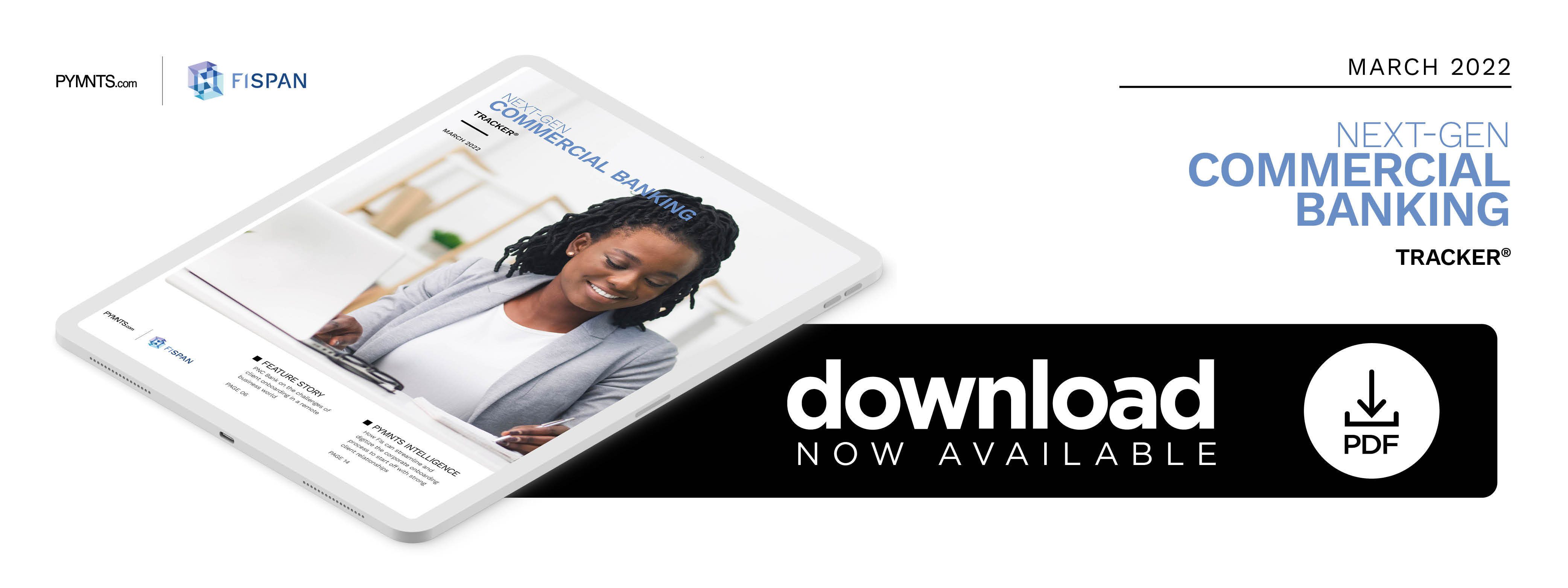PNC Bank on the Challenges of Client Onboarding in a Remote Business World

FIs face the daunting task of offering smooth, remote onboarding processes for commercial clients, but advanced technology can help. In the Next-Gen Commercial Banking Tracker, PNC Bank’s Lane Levengood explains how FIs can harness AI and process automation to improve the process.
The accelerated digital shift from the past two years has brought convenience, but it has also brought an increased fraud risk to the world of banking.
Nowhere is this more evident than in serving the complex needs of large companies, and banks that work with these clients must begin with an onboarding experience that ensures a secure journey. They also must provide the seamlessness and user-friendly features that businesses have come to expect from their banking partners as digital-first interactions become the norm.
“What we’re seeing now is that our business clients are mirroring the same expectations [as consumers] — the desire for interconnected and immediate experiences — as it relates to their business banking experience,” Lane Levengood, director of strategy and planning for commercial banking at PNC Bank, told PYMNTS in a recent interview.
Fulfilling those expectations is not always as easy as it seems. Levengood said enabling digital tools and solutions is essential for onboarding banking clients in the remote landscape, especially to help provide a seamless end-to-end experience for a client. However, those solutions must be product-agnostic and customized for each client and situation.
Additionally, he said it is important to provide clients with a roadmap for the onboarding process to align expectations between parties. This helps clients understand where they are in what can be a complicated process, including what information they already have provided and their next steps.
The Challenges of Remote Onboarding
Providing customized and friendly experiences is easy when banking partners can meet face to face, but in the remote world it is much more difficult. One of the biggest challenges to electronic onboarding, Levengood said, is vetting new clients and verifying who they are.
“Just as employers thoroughly vet candidates to fill a job opening, banks need to know prospective clients and understand their businesses before allowing them to open an account,” he said. “While complying with [know your customer (KYC)] and [anti-money laundering (AML)] requirements can make the account-opening process long and complex for businesses, it’s critical to prevent and mitigate risk for the institution.”
He said the biggest challenge in remote onboarding is capturing KYC information for new clients. Traditionally, this has involved the exchange of many emails and the manual completion and scanning of multiple documents.
A lack of digital data and document controls can exacerbate those back-and-forth exchanges, especially in the cases of missing digits in tax ID numbers or fields left blank. One way or another, banks must obtain the information, but too many distracting exchanges can lead to friction for prospective clients.
To address this, Levengood said PNC implemented a more streamlined and secure process that starts with previously captured information to avoid any unnecessary data re-keying. From there, prospective clients receive a link to provide dual-factor authentication to enter a secured site, where they submit information and upload documents with data and documentation controls to help ensure their data is accurate and complete.
He said this exchange of information is fully secure and accessible only by the appropriate individuals at the prospective client company and at PNC. As an added level of convenience, any document-signing requirements can be handled by electronic signature with automation of indexing and secure file storage. As a result, the automated onboarding experience that previously took days to complete now takes only minutes to finish.
“Onboarding is one of the first impressions that banks make on their clients, so a great experience right out of the gate is critical,” Levengood explained. “This is also true for onboarding existing clients to additional products and services in which they are interested.”
The Future of Onboarding
Looking to the future, Levengood said he expects that banks will be required to leverage partnerships with FinTechs and use tools such as artificial intelligence, machine learning and process automation. These tools help improve the client experience with every interaction — a necessity as the use of electronic channels and devices continues to proliferate.
“Delivering an experience that is streamlined, secure and convenient is important to maintaining client satisfaction and securing trust and loyalty over time,” he said. “Gone are the days of onboarding products in siloed operations that don’t share data and are fraught with disconnected manual processes with little transparency.”
The days of onboarding new clients face to face in a sunny corner office may be largely over, but it still is possible to give those new prospects an easy and reassuring experience. To attract and maintain business customers, banks will need to make certain of it.
